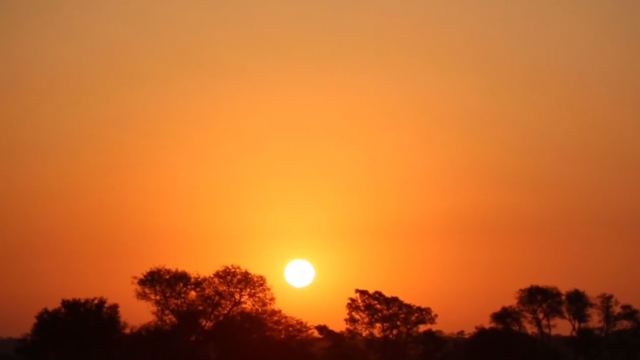Articles found in: south africa

Six Reasons to Visit South Africa Now with USTOA Tour Operator Members
Published on July 12, 2017
When you think of South Africa, safaris and exotic wildlife come to mind, but our members are encouraging travelers to explore six additional reasons to travel to the fascinating destination of South Africa. Africa’s southernmost country offers holidaymakers a diverse selection of experiences within a close proximity, stunning natural beauty, a temperate year-round climate, […]
Keep readingTour South Africa Like a Local
Published on August 18, 2014
Members of the United States Tour Operators Association know the best way to experience a destination is through the local people. While in South Africa with Swain Destinations, Kelley Ferro, travel expert, video journalist and contributor to Tripfilms.com, had the opportunity to visit, meet and interact with locals and gain real insight in the South […]
Keep reading
Touring South Africa with Swain Destinations
Published on July 15, 2014
Kelley Ferro, travel expert, video journalist and contributor to Tripfilms.com, turns her perceptions of tours upside down while in South Africa. USTOA Members like Swain Destinations provide flexibility, access to hot spots and lesser known hidden gems, and insider knowledge of the best places to sip regional wine, see the best sunset, meet locals and […]
Keep readingGet Off the Tour Bus
Published on July 7, 2014
by Nina Dietzel, AFAR Ambassador AFAR’s co-founder Joe Diaz likes to boil ‘traveling like a local’ down to “Get off the tour bus and sit at someone’s kitchen table”. On our first day in South Africa with Collette, that’s just what we did. We got off the bus and visited Alina Mlotshwa’s home in Soweto to […]
Keep readingBeing Hugged by South Africa: Behind the Scenes of our Swain Destinations Tour
Published on June 30, 2014
by Kelley Ferro Our 20-seat plane skipped and bounced down the dirt runway and I had to blink a few times to realize that I was looking out the window at the African bush. Just 20 hours ago, I was waving goodbye to glittering Manhattan and now I was on a charter flight over the […]
Keep readingA Local Perspective in South Africa
Published on June 19, 2014
by Nina Dietzel, AFAR Ambassador To me, South Africa is one of the most fascinating countries to visit. It is furiously multi-cultural; a young democracy struggling to grow up fast to meet the country’s many challenges. When I was invited to join Collette’s tour back in April, I was overjoyed, and at the same time I […]
Keep readingDestinations of Endless Rediscovery: South Africa and Egypt
Published on May 12, 2014
by Anita Mendiratta, CNN Consultant and International Tourism Strategist “Have you ever been to South Africa?” “Yes, I was there in the early 1990s.” “But then you have not been to South Africa.” It is a familiar exchange. The response is often given to people who have not visited South Africa since 1994 – the […]
Keep reading
